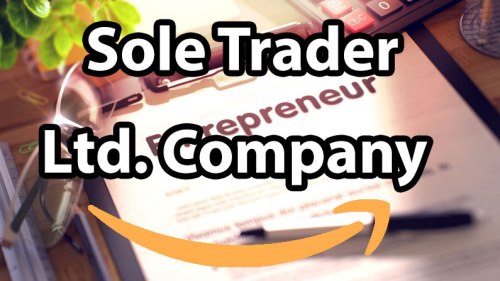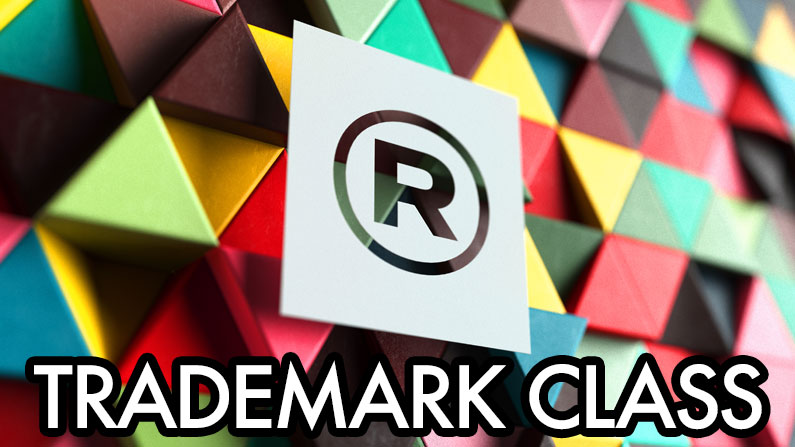Welcome back!
Yes, the title of this post is rather dramatic, but there’s a reason for that: you really SHOULDN’T use Jungle Scout for your Amazon research.
At least not in the way that 99% of the self-proclaimed “Amazon experts” on YouTube recommend you do.
I really want to clear the air and show you exactly why you can’t blindly trust Jungle Scout numbers—or any other Amazon research software for that matter!
The main reason I wanted to write about this is that every week, I receive messages from people asking me “does this look like a good product?” Inevitably, they will have attached a Jungle Scout Chrome tool screenshot, often with the actual product names blurred out so all I can see are some numbers.
How can you possibly tell if a product has potential or not just by looking at the Jungle Scout numbers?
You can’t.
Many people waste their time searching for “magic” Jungle Scout filters—set criteria to enter into the tool to find golden products that no one else has found. Yah, for sure! You will be the only person unlocking that combination and finding products with no competition and easy sales. It doesn’t work that way.

I have always said in my blog posts, as well as in my Amazon Sharks video course, that you should use Jungle Scout for two main reasons/tasks only:
- To come up with product ideas; and
- To validate demand and, partially, the competition.
These are the two main reasons why you should use Jungle Scout or any other similar Amazon FBA research tools. You should find interesting product ideas and check out the demand and competition. That’s it.
Everything else you do in the manual research process should use your brain, common sense, general business acumen, experience and everything else to make a decision about whether or not a product has potential.
I know that I may sound like a broken record, especially when I already did a post about Jungle Scout’s Opportunity Score earlier this year, but some people still don’t get it. And that’s why I need to repeat it over and over again.
The Opportunity Score is NOT the only problem with tools like Jungle Scout. Let’s take a look at another example of how, during the COVID-19 crisis, blindly following Jungle Scout numbers could lead you to trouble.
How to LOSE MONEY
with TRENDY products?!

Any new and popular products will come up as HIGH demand and LOW competition!
For example, in March/April of 2020, any face mask-related searches would give you an excellent Opportunity Score with high demand and low competition. But was that a true reflection of reality?
The demand part is easy; it’s basically just the sales numbers. And yes, demand for masks was/is high.
The problem lies with the competition numbers. Jungle Scout mostly uses product reviews to judge how competitive a product is. But with new products—especially suddenly popular products—there won’t be that many reviews out there and the software will think “Hey, this product is in such great demand, but the review numbers are super low, so the competition is also low.”
Yes, it does also use other factors (like a number of competing listings), but reviews are, by far, much more important.
So, what’s the problem?
The problem is that the competition was NOT actually low when you did that Jungle Scout research. It was already extremely high; you just didn’t see it because Jungle Scout told you that the competition was low (because the number of reviews was low).
If you fall for a product like this, you would likely end up with something you can’t sell, because when you need to start running PPC ads, the bids would be super high, and it would be very difficult to make it work.
Yes, PPC bids are actually the BEST way to judge Amazon competition for any given product, but from what I have found, the PPC bid data in these programs is not very accurate. And how could it be? PPC is not a set cost; it varies based on your ad’s performance, its position in the search results and a variety of other factors.
Anyway, this post is not about PPC costs; it is about the fact that you CAN’T blindly believe the data these programs give you, especially when it comes to the competition levels for brand-new products that simply haven’t accumulated enough reviews yet to accurately reflect the situation.
The average is only average

Another reason I don’t like people relying on Jungle Scout data is that the software basically uses average numbers—and the average, as we know, is not the best way to judge anything.
For example, many people are tied to the average reviews number. If the average number of reviews is greater than 300, they believe that it is a competitive product.
Complete BS! I don’t ever look at average reviews—they’re useless! Just like the average price or average monthly sales. The average is just that—an average. They take 60 listings (or however many the first page data pulls), sum up all the numbers and then divide by the number of listings. It’s not rocket science and it definitely is NOT a great way to analyse a product.
What’s more interesting is that these average numbers are often totally SKEWED because there are a few very old, long-established listings with thousands of reviews. Or because the search term describes multiple products and the average price is calculated from unrelated products in completely different categories.
So, this data is useless.
Amazon MATRIX

What should you do instead? You should start by learning how to “read” the Chrome tool results as a whole. You can basically ignore the Opportunity Score or average numbers that Jungle Scout gives you. Instead, simply look at the first twenty results and pay close attention to:
- Price
- Revenue
- Reviews
- Rating
This is the ONLY way to truly read the market and know what you will be up against when you start selling that product!
I know that it takes time to develop this skill. It takes hundreds (if not thousands) of researched products to become really good at this, but I don’t think there’s a way around it. You just need to learn it for yourself.
And you don’t have to become an expert on day one. There are many simple beginner’s tricks or approaches you can use from day one.
One of the simple principles I personally follow is:
“If they can do it, why can’t I?”
By that I mean if I check the first twenty listings and if there are, say, four or five listings with solid sales numbers (my target sales numbers) AND a low number of reviews AND their listings maybe don’t look that great AND their ratings aren’t all five stars, why couldn’t I enter that niche and out-compete them?

Usually, I can improve on ALL elements (product, listing, packaging, marketing, etc.), and in theory, I should be able to reach AT LEAST the same sales level that they have right now, right? Exactly!
This is obviously just one small part of the overall product research that you need to do. I talk a lot more about this in my Amazon Sharks course, but this is just so you get an idea of how you need to look at your product research process. It’s not a mathematical thing.
The problem is obviously much greater than just Jungle Scout or the way it works. The real problem lies with all the self-proclaimed “Amazon gurus” that have popped up on every online corner these days. Most of them have never done any actual eCommerce business themselves and all they know is talking smart theory behind a desk with fancy lighting.
They will tell you that all you need is Jungle Scout, Helium 10 or some other software to make thousands of pounds on Amazon. I’m afraid it doesn’t work that way. Not everyone is suited to running an Amazon business and you can’t “create” a business using just some software. It takes more than that.
Yes, I know that the stuff I talk about is not “sexy” and it’s not easy. It’s more than simply entering some numbers to magically produce hot products. People who have done well on Amazon will agree with me that doing manual research is the most important part—plus, you need to be smart, you need to THINK outside the box, and you have to be ready to take some risks!
Ok, enough of this rant! I hope that some of this was helpful, especially for people who are just starting out or for those who are wasting days and weeks fine tuning Jungle Scout’s filters and still can’t find any products with that elusive “perfect” Opportunity Score. Now you know—that’s the wrong way of doing it.
If you have any comments or questions about this topic, feel free to leave them below the post. If your question is more personal and you don’t want to post it publicly, you can always reach me using the help desk here and I will get back to you within 24 hours, Monday to Friday.
Lastly, if you want to learn how I built my Amazon FBA business that has already made more than £100k in net profit in 2020, check out my Amazon Sharks video course here.
In more than twenty hours of step-by-step video lessons, I cover the whole process in detail so that even people with no prior eCommerce experience can launch a successful Amazon FBA business.
Best,
Andrew

















Brilliant post, I have had JS for about 3 months now, like you say we mess about with sliders and settings but more often than not the same products keep coming up, face masks, gloves etc..
I even wind the seasonal items slider right back and 2021 calendars, wrapping paper, xmas wreaths still show up in the top 10 items!
Think I’ll cancel my subscription, wave goodbye to the £150 I’ve spent on it and do a lot more manual searching using the Chrome tools.
Thanks for your straight and honest blogs..
Hi Martyn,
Thanks for your comment.
Yes, it creates an illusion that you will somehow, magically find those golden product opportunities.
Now, I’m still using the JS tools on a daily basis – but I mostly use the Chrome tool to instantly check demand and competition AND the web tools to track listings and get more accurate data. I don’t use the “finding product” tools so much – I have found that by brainstorming and simply searching/spending hours on Amazon I can find much better, more unique product ideas! 🙂
Thanks,
Andrew